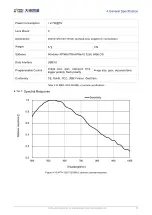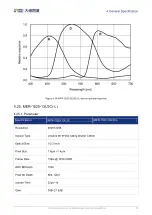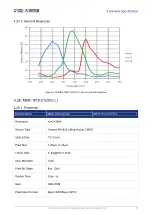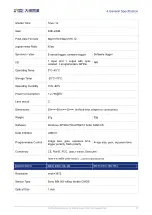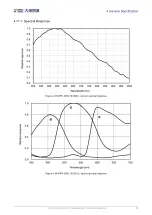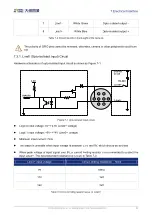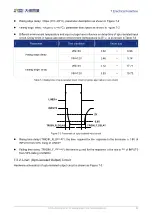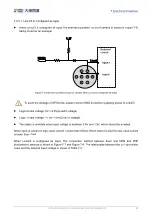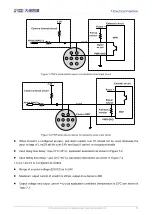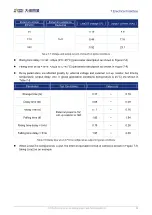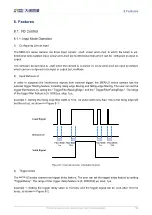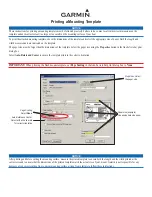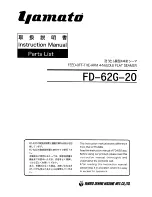
6.Filters and Lenses
© China Daheng Group, Inc. Beijing Image Vision Technology Branch 88
6.2. Lens Selection Reference
DAHENG IMAGING is a professional supplier for images and machine vision devices in China. In addition
to industrial cameras, it also provides high-resolution, high-optical machine vision lenses for a wide range
of industrial cameras on the market.
In order to meet the requirements of machine vision for high resolution and low distortion, DAHENG
IMAGING released two series of lenses, including industrial lenses of 2 megapixels and 5 megapixels,
with small size, light weight, high resolution and low distortion rate, etc.
When choosing a lens, there are several factors to consider:
1) Mount
The lens and camera connection methods, commonly used mounts include C, CS, F, V, Leica, M42,
M58, M72, M90, and so on
The MERCURY series USB3.0 digital camera is equipped with a standard C-Mount. When selecting
a lens, select the lens of the same mount as the camera
2) Optical size
The maximum sensor size that the lens imaging can cover. There are mainly 1/2", 2/3", 1/1.2", 1", 1.1",
4/3", and so on
When selecting a lens, make sure that the optical size of the lens is not smaller than the sensor size
of the digital camera
3) Resolution
The resolution represents the ability of the lens to record the details of the object, usually in units of
line pairs that can be resolved per millimeter: line pair/mm (lp/mm). The higher the resolution of the
lens, the sharper the image
When selecting a lens, make sure that the accuracy required by the system is less than the resolution
of the lens
4) Working distance
The distance from the first working surface of the lens to the object being measured
When selecting a lens, make sure that the working distance is larger than the lens parameter
"minimum object distance"
5) Focal length
The focal length is the distance from the center point of the lens to the clear image formed on the focal
plane. The smaller the focal length, the larger the field of view of the digital camera
For focal length calculation, we need to confirm three parameters: the field of view, the sensor size of
the digital camera and the working distance. The focal length (f) of the expected lens can be calculated
by the following formula


